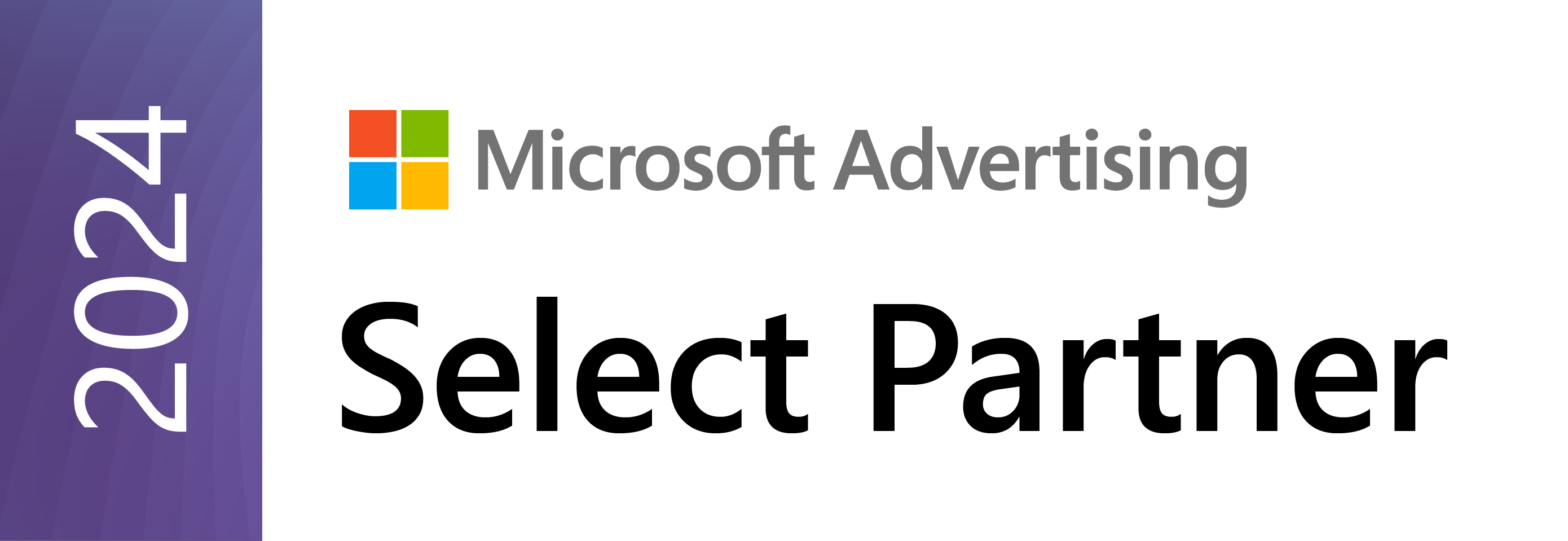
Boosting PPC Performance in 2025: Why Quality Score Matters More Than Ever
Key Takeaways
-
Quality Score directly impacts your ad visibility, cost per click (CPC), and overall ROI on Google and Microsoft Ads.
-
Higher Quality Scores can reduce CPC by up to 50% and improve ad placements without increasing budget.
-
Improving ad relevance, landing page experience, and expected click-through rate (CTR) are the three core pillars of optimization.
-
Advertisers with better Quality Scores enjoy lower cost per acquisition (CPA) and improved ad rank.
-
Agencies like CS Design Studio provide expert PPC management tailored to improve Quality Score and maximize advertising efficiency.
Quality Score is a foundational element of any successful pay-per-click (PPC) campaign. It’s a metric used by platforms like Google Ads and Microsoft Ads to evaluate the relevance and effectiveness of your keywords, ads, and landing pages.
In 2025, with digital ad competition fiercer than ever, a strong Quality Score doesn’t just improve your campaign—it defines it. Google uses this score (ranging from 1 to 10) to determine:
-
Ad Rank (which affects position in search results)
-
Cost-Per-Click (CPC)
-
Eligibility for auctions
Ad Rank is calculated by multiplying your bid with your Quality Score:
Ad Rank = Max CPC × Quality Score
This means that with a high enough Quality Score, your ad can outperform competitors even with a lower bid.
Why Quality Score Impacts Your Bottom Line
A better Quality Score leads to:
-
Lower CPC
For every one-point increase in Quality Score, the average CPC can decrease by as much as 16–50%. -
Higher Ad Positions
Ads with higher scores typically show higher in search results, which increases impressions and CTR. -
More Conversions for Less Spend
High scores mean better placement and cheaper clicks, allowing advertisers to stretch their budgets further while improving results.
Even a modest increase in your Quality Score can lead to significantly better ROI, especially in highly competitive markets.
Factors That Influence Your Quality Score
Understanding how Quality Score is calculated helps businesses know where to focus. Key components include:
1. Expected Click-Through Rate (CTR)
Google estimates how likely it is that your ad will be clicked based on historical data and relevance.
2. Ad Relevance
How closely your ad matches the keyword being searched. Generic or vague ad copy can hurt your score.
3. Landing Page Experience
Your landing page should be fast, relevant, and user-friendly. Bounce rates, load times, and keyword alignment all play a role.
4. Historical Performance
The past performance of your ads can influence your current Quality Score, even for new keywords.
Short-Term and Long-Term Benefits of a High Quality Score
Short-Term Gains:
-
More clicks at lower costs
-
Improved visibility in search results
-
Better audience targeting
Long-Term Advantages:
-
Lower customer acquisition costs
-
Higher lifetime value (LTV) of customers through more qualified leads
-
Stronger overall account health, improving the performance of future campaigns
Advertisers with consistently high Quality Scores often experience compound returns over time as ad systems prioritize their ads over lower-scoring competitors.
How to Improve Your Quality Score Today
If you’re serious about running efficient PPC campaigns on Google or Microsoft Ads, here are proven steps to elevate your Quality Score:
Optimize Ad Copy for CTR
Write ad text that closely matches the user’s search intent. A/B test copy frequently to find the highest-performing variations.
Refine Keyword Targeting
Use a mix of broad, phrase, and exact match keywords. Don’t forget to segment your ad groups tightly to increase keyword relevance.
Add Negative Keywords
Exclude irrelevant terms that can waste your budget and lower your CTR. This improves targeting and overall Quality Score.
Improve Landing Page Experience
Make sure your landing page aligns with the ad. It should load fast, match the ad promise, and guide users toward conversion.
Use Ad Extensions
Sitelinks, callouts, and structured snippets can enhance your ad’s visibility and improve click-through rates.
Monitor and Adjust Frequently
Quality Score can fluctuate. Regular campaign audits, combined with real-time adjustments, ensure your ads remain competitive.
Real Data: What Happens When Quality Score Improves?
Studies show:
-
Ads with a Quality Score of 8–10 have CPCs that are 30% lower than those with scores of 5 or below.
-
Each point increase can improve ad positioning by 0.9 spots in search engine results.
-
High-scoring ads see 25% more conversions on average.
These aren’t just numbers—they translate into better business outcomes. One client managed by CS Design Studio, for instance, doubled their lead generation while reducing ad spend by focusing on Quality Score optimization.
The Bigger Picture: Quality Score Is a Diagnostic Tool, Not a KPI
It’s tempting to chase high scores for every keyword. But Quality Score should be used as a guiding metric rather than the main goal.
High-performing campaigns focus on:
-
User experience
-
Conversion-focused design
-
Search intent alignment
Agencies like CS Design Studio understand this balance and build campaigns that not only raise Quality Scores but also generate meaningful business outcomes.
FAQs
Q: What is a good Quality Score?
A score of 7 or higher is typically considered strong. Most successful advertisers aim for 8–10 to maximize efficiency.
Q: Does Quality Score affect Microsoft Ads too?
Yes. While the calculation differs slightly, relevance, CTR, and landing page experience remain central across both platforms.
Q: How often is Quality Score updated?
Google updates scores daily, so regular optimization and performance tracking are essential.
Q: Should I worry about low Quality Scores for new keywords?
Not right away. Google may assign a temporary null score until enough data is gathered. Focus on optimizing quickly once impressions grow.
Q: Can a high Quality Score guarantee conversions?
No, but it increases your chances. Quality Score boosts visibility and relevance, which indirectly improves conversion potential.
Final Thoughts
In 2025, PPC success depends not just on budget, but on strategic execution. Quality Score is one of the most powerful levers advertisers can use to control cost, improve ROI, and dominate the SERPs.
If your business is investing in paid advertising but not seeing ideal returns, now is the time to optimize. With the right partner—such as the PPC team at CS Design Studio—you can build campaigns that are lean, targeted, and conversion-ready.





